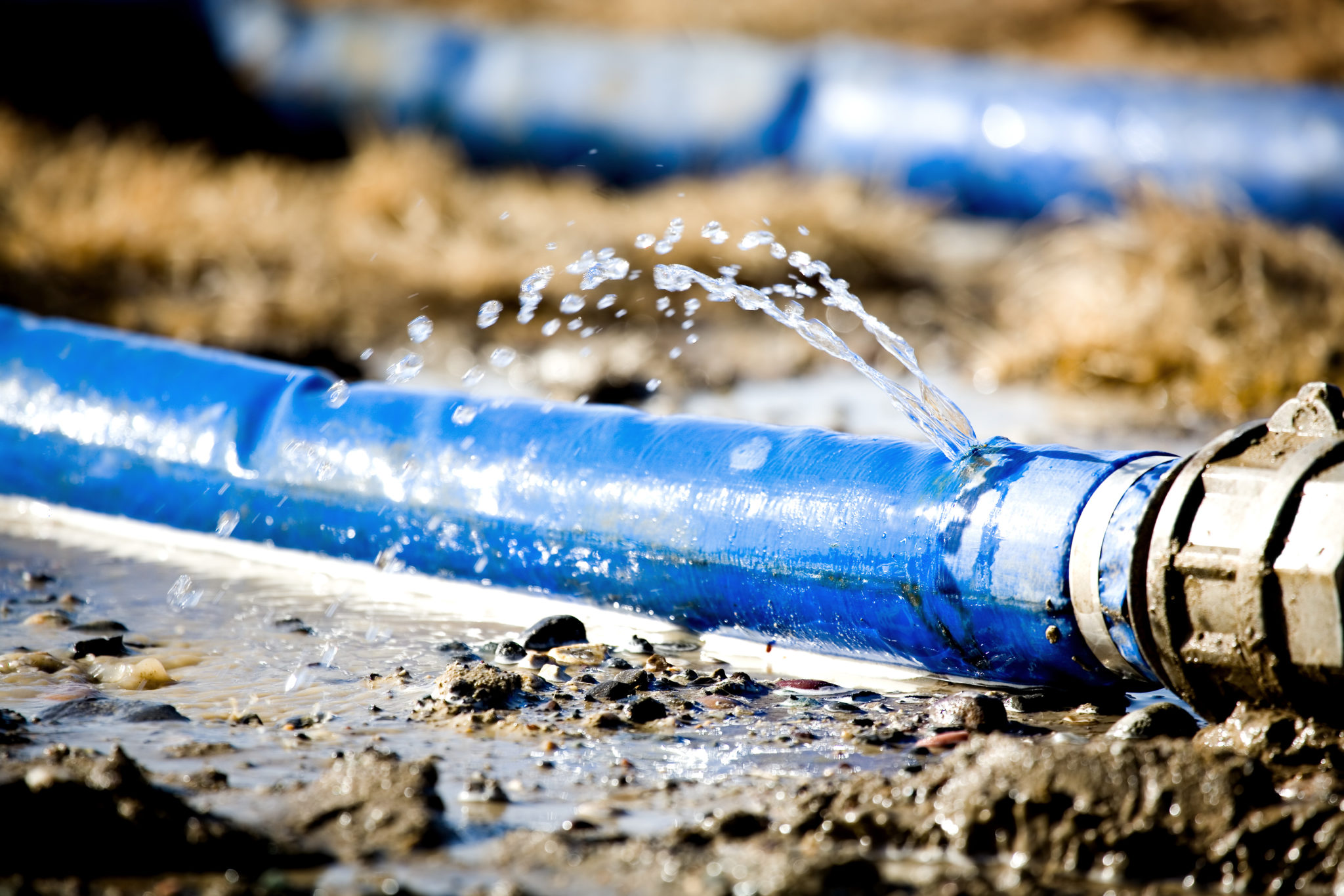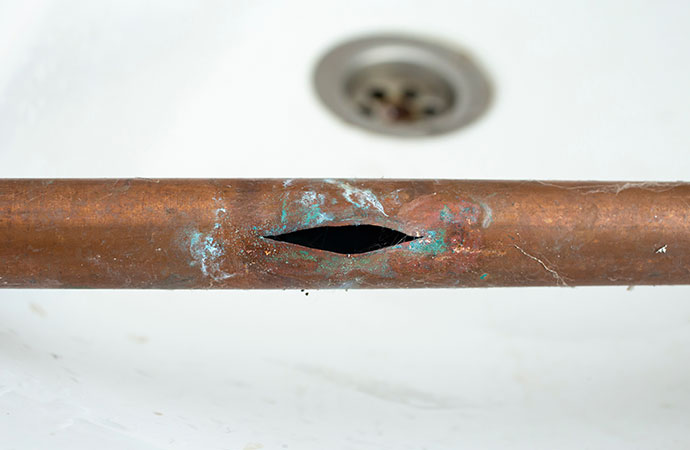Identifying a Leaking Pipe and Taking Rapid Repairs
Identifying a Leaking Pipe and Taking Rapid Repairs
Blog Article
The content following next pertaining to How to install a dishwasher safely is relatively remarkable. Read it for yourself and decide what you think about it.

A burst pipeline is a significant emergency; you can only stand as you view water you pay very much to rejoin with the earth. In even worse cases, you discover a pool on your cooking area floor, which is a great trip threat, especially if you have kids around. If the pipeline that ruptured was in your walls, trouble: you might require to repaint that whole section.
How can a catastrophe like a ruptured pipe be stopped as well as handled? Well, by listening to your professional emergency plumbings as well as complying with these rules.
Exactly how do I recognize when my pipelines have ruptured?
Fluctuating water stress
Pipes do not just burst in a day. You might have discovered that your kitchen tap or shower does not run instantly when you transform the faucet. It may pause for a few seconds and afterwards blast you with more force than typical.
In various other circumstances, the water might appear regular at first, then drop in pressure after a few seconds.
Wet walls and water stains
Before a pipe bursts, it will leak, many times. If this consistent leaking goes unnoticed, the leakage may finish right into a broad gash in your pipeline. One easy means to avoid this emergency is to keep an eye out for wet wall surfaces ad water discolorations. These water stains will certainly lead you right to the leak.
Puddles under pipes and also sinks
When a pipe ruptureds, the discharge forms a pool. It might appear that the puddle is expanding in dimension, and also no matter the number of times you wipe the pool, in a few minutes, there's another one waiting to be cleansed. Typically, you may not be able to map the pool to any kind of noticeable pipelines. This is a sign to call a professional plumber.
Untraceable trickling noises
Pipeline bursts can occur in one of the most unpleasant areas, like within concrete, inside walls, or under sinks. When the house goes silent, you may be able to listen to an annoyingly persistent dripping noise. Even after you have actually examined your shower head and also cooking area tap, the trickling might continue.
Beloved reader, the trickling may be originating from a pipe inside your wall surfaces. There isn't much you can do about that, except tell an expert plumber.
Shut off the Water
When water ices up, it expands in quantity by concerning 9 percent. And also it expands with tremendous force: The pressure inside pipelines may go from 40 extra pounds per square inch to 40,000 psi! No pipeline can hold that much stress, so it breaks open. The break might occur where the ice kinds, but more frequently, it takes place where water stress locates a weak point in the pipeline. That may be inches or perhaps feet from the frozen location. Find the water shutoff valve and also switch off the water to avoid even more damages. You may likewise need to turn off the electrical power as well, depending upon where the leaks happens and also just how large it is.
Infected water
Many individuals assume a burst pipe is a one-way electrical outlet. Rather the contrary. As water spurts of the hole or laceration in your plumbing system, pollutants locate their way in.
Your water might be infected from the resource, so if you can, examine if your water container has any troubles. However, if your drinking water is provided and purified by the city government, you ought to call your plumber promptly if you see or smell anything amusing in your water.
What do I do when I identify a burst pipeline?
Your water meter will remain to run even while your water wastes. To decrease your losses, discover the main controls and turn the supply off. The water pipe are an above-ground structure beside your building.
How to Fix & Detect a Leaking Pipe
How Do I Know if a Pipe is Leaking?
Leak detection tests can help you determine if your pipe has a leak. Even if you don’t see an apparent leak, you should still conduct leak detection tests regularly to save water and money—and prevent major damage to your home.
Water meter. It can be helpful to figure out what your usual water meter usage numbers are and then monitor them regularly. To monitor your meter, first, turn off all water faucets in your home. Check the meter and write down the numbers. In a few hours, check the meter again. If the numbers have changed, you have a leak. Water gauge. Use a water gauge to test your water pressure. Your showerhead should produce a certain amount of water pressure based on its model and design. If the pressure is lower than it is supposed to be for that specific showerhead, your home likely has a leak. Puddles. Look inside your bathroom, laundry, and kitchen sink cabinets. Puddles around the cabinets or around toilets, tubs, showers, and washing machines indicate the presence of a leaking pipe. You may also notice loose tiles, peeling or flaking paint, or mold caused by water accumulation. Napkin test. Even if you don’t see any puddles, you may still have a leak. You can test for water leaks in the bathroom, laundry, and kitchen by wiping below-sink connections with a napkin, paper towel, or piece of toilet paper. If it becomes damp, you probably have a leaking pipe under the sink. Discolored walls. Walls that are discolored—usually with brown or yellow stains—or bulging might mean that they have been impacted by water damage caused by a leaking pipe. Smell. A leaky pipe will create sitting water, and over time, that water may develop a musty smell. If your home smells musty, but you can’t locate the source, it may be due to a leak. Steps for Fixing a Leaking Pipe
A leaky drain can be remedied by tightening the pipe base, replacing the drain seal, caulking the rim, and tightening the pipe nut. Similarly, a leaking toilet pipe can be treated by tightening the packing nut. You may also need to replace the valve. A leaky faucet may just need tightening or replacement of the washers. If that doesn’t work, consider replacing your faucet. If your pipe has a hole in it, you may want to use a pipe leak sealer or pipe leak tape. This quick fix for water pipe leaks can also temporarily fix a copper pipe leak. https://www.ahs.com/home-matters/quick-tips/how-to-tell-if-pipes-are-leaking/

We are very intrigued by How to install a dishwasher safely and I am hoping you liked the entry. Are you aware of somebody who is curious about How to install a dishwasher safely? Feel free to promote it. We value reading our article about How to Prepare for Your Dishwasher Installation.
Precise fixes offered. Report this page